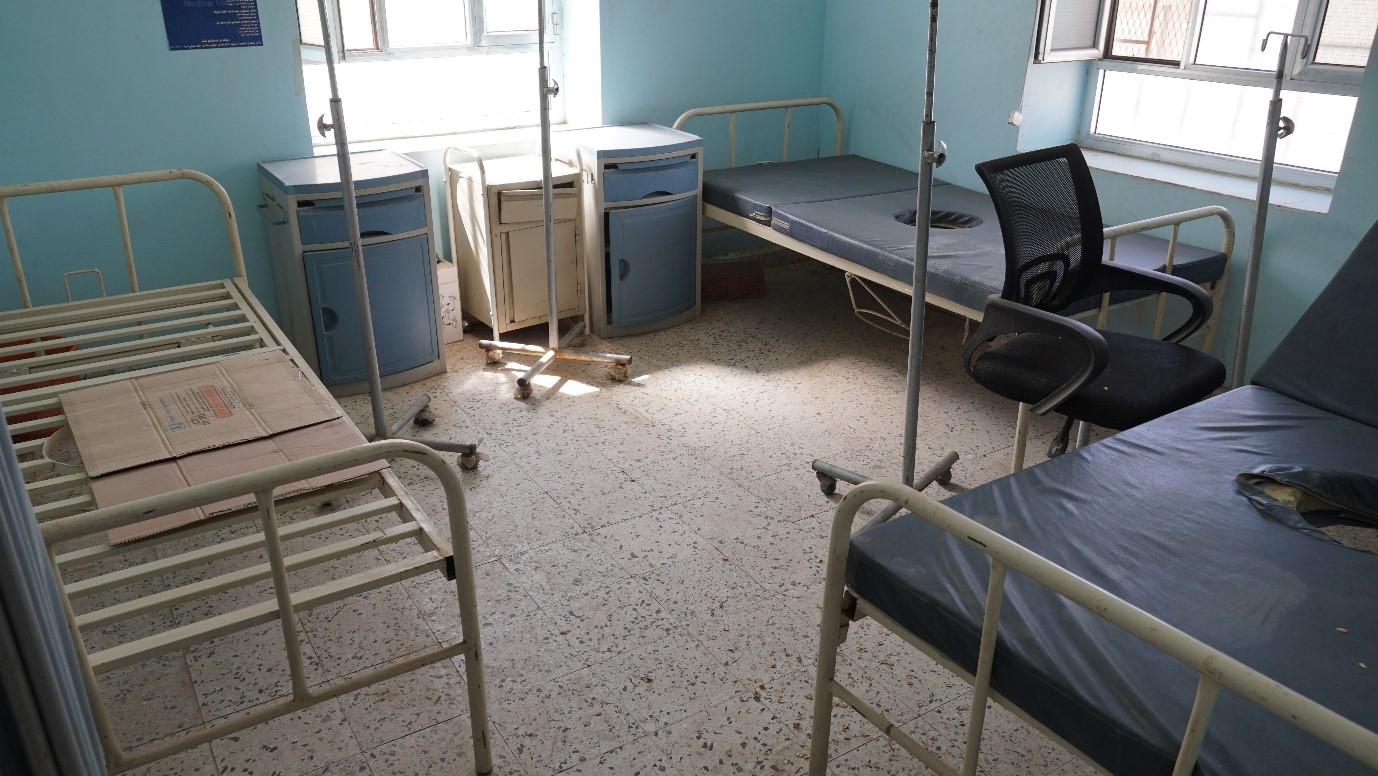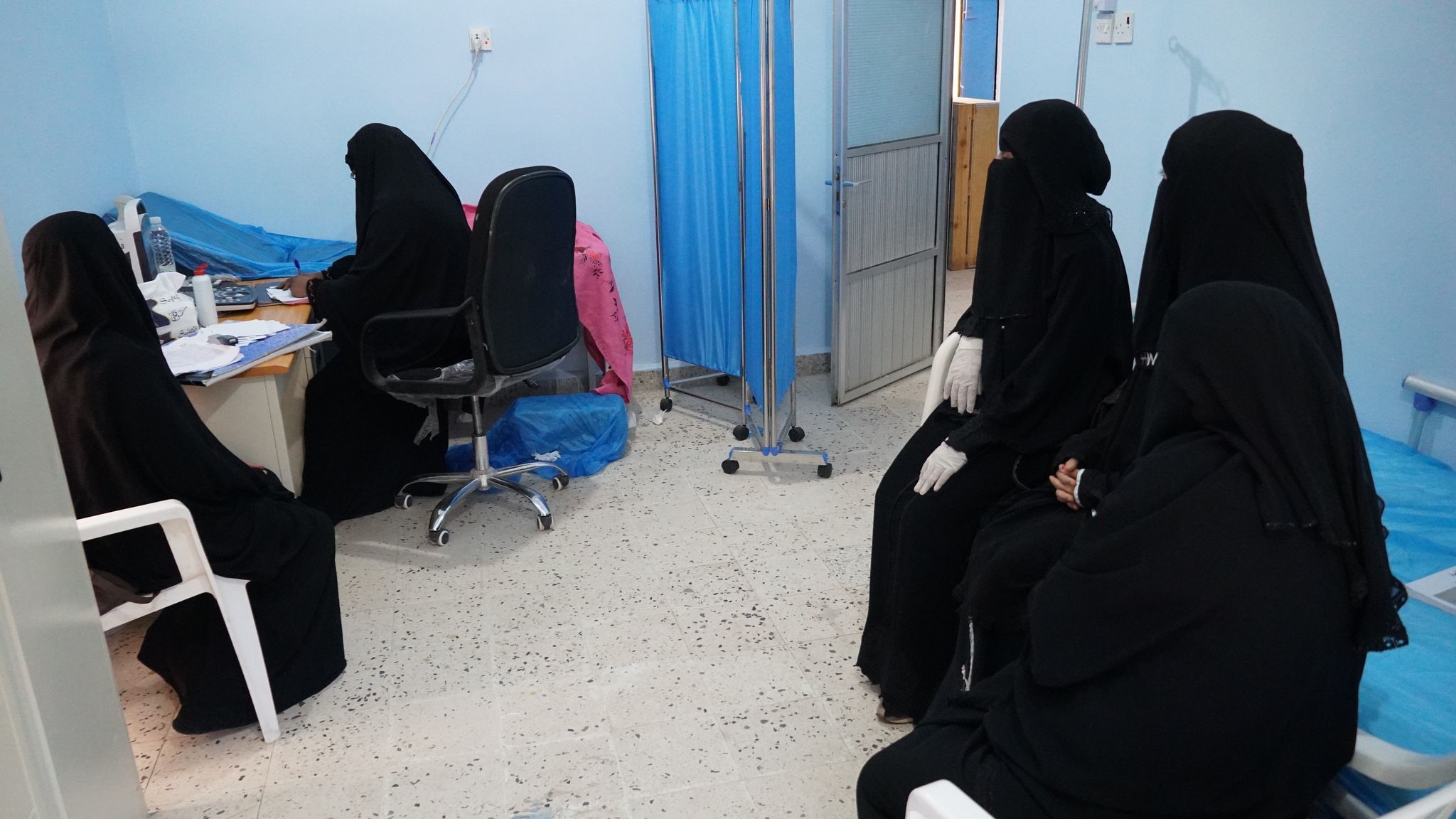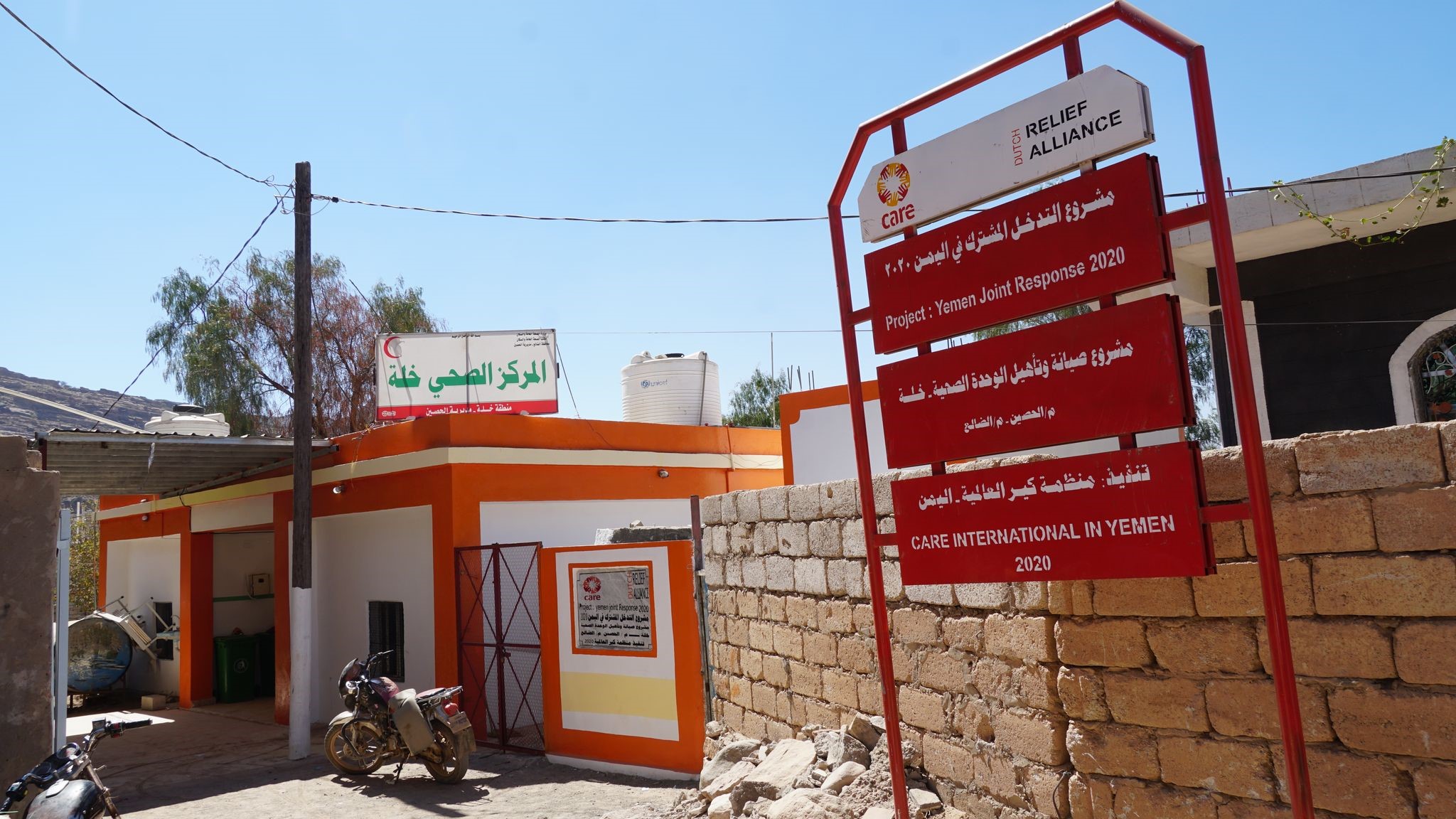On a quiet afternoon in Khillah area of Al Dhale governorate in Yemen, Saeeda was at home when she began to feel labour pains. At the 38th week of pregnancy, Saeeda realized that she was in serious trouble as she started to bleed. Saeeda was strong enough to make the decision to walk to the nearest health centre on foot, which was a decision that saved her life and the life of her baby.
In obstetric emergencies, timely access to reproductive health services can mean the difference between life and death for mothers and babies. For many Yemeni women in rural areas like Saeeda, harsh terrain, as well as the lack of paved roads and funds, makes it difficult to access clinics, depriving them of life-saving reproductive health care.
Yemen records the highest maternal mortality ratio in the region and has been placed among the high alert countries for maternal mortality in the Fragile Countries Index. As often in crisis, women and children pay the heaviest price. An estimated 5 million women and girls of childbearing age, and 1.7 million pregnant and breastfeeding women, have limited or no access to reproductive health services, including antenatal care, safe delivery, postnatal care and emergency obstetric and new-born care. Decades of underdevelopment and years of intense fighting have left only half of all health facilities fully functional. Moreover, the COVID-19 pandemic has aggravated the situation, with roughly 15 percent of the functioning health systems repurposed for COVID-19 treatment.




